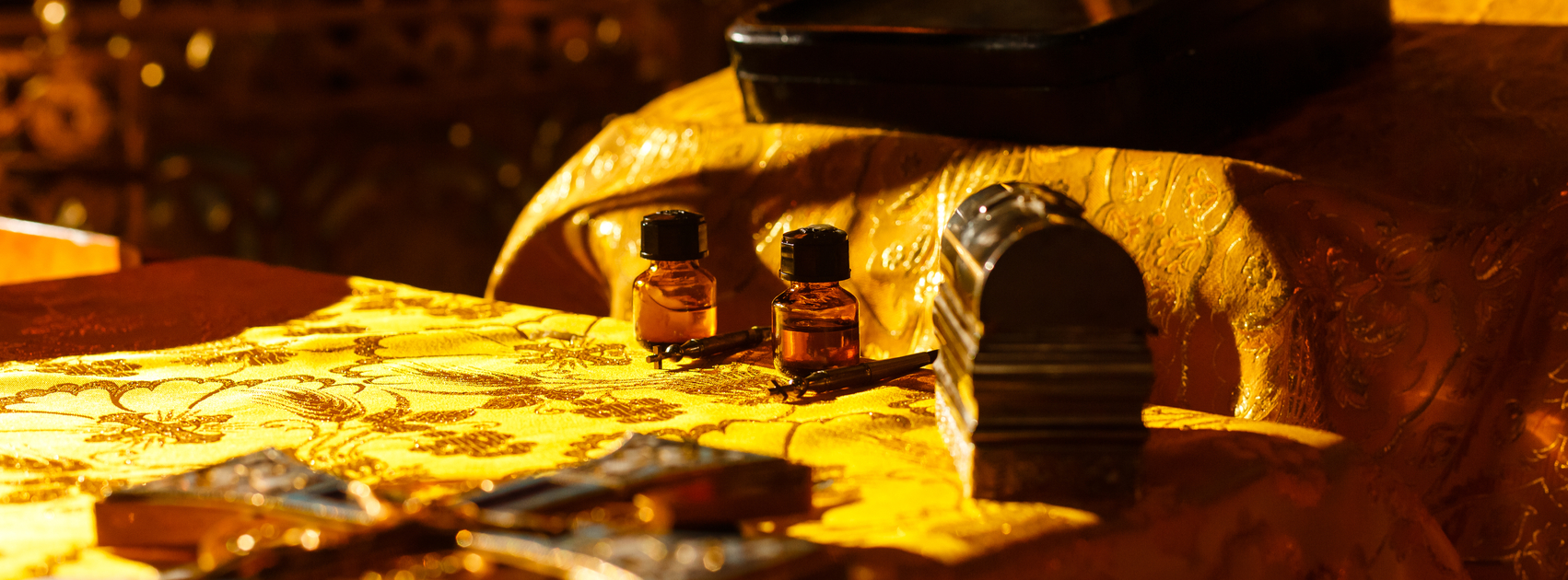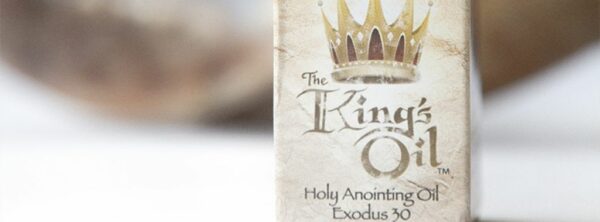The short answer is yes, the early Church did use anointing oil. It was used for medicinal purposes in healing the sick, as part of regular spiritual practices, and for acts of worship. The early Church used anointing oil because it had always been part of their culture and it was a way to show their spiritual belief in the physical realm.
Have you ever wondered if this practice was still applicable today? Keep reading to find out more!
Several biblical passages shed light on how the early followers of Christ used anointing oil.
The disciples and elders of the Church used oil to anoint the sick and heal them.
- “And they cast out many demons, and anointed with oil many who were sick, and healed ”—Mark 6:13
- “Is anyone among you sick? Let him call for the elders of the church, and let them pray over him, anointing him with oil in the name of the Lord. And the prayer of faith will save the sick, and the Lord will raise him up. And if he has committed sins, he will be forgiven.”—James 5:14-15
Jesus provided instruction to “anoint your heads with oil” during times of fasting and other regular spiritual practices.
- “Moreover, when you fast, do not be like the hypocrites, with a sad countenance. For they disfigure their faces that they may appear to men to be fasting. Assuredly, I say to you, they have their reward. But you, when you fast, anoint your head and wash your face, so that you do not appear to men to be fasting, but to your Father who isin the secret place; and your Father who sees in secret will reward you openly.”—Matthew 6:16-18
Mary anointed Jesus as an act of worship, and He approved even when those around did not.
- “And being in Bethany at the house of Simon the leper, as He sat at the table, a woman came having an alabaster flask of very costly oil of spikenard. Then she broke the flask and poured it on His head. But there were some who were indignant among themselves, and said, ‘Why was this fragrant oil wasted? For it might have been sold for more than three hundred denarii and given to the poor.’ And they criticized her sharply. “But Jesus said, ‘Let her alone. Why do you trouble her? She has done a good work for Me. For you have the poor with you always, and whenever you wish you may do them good; but Me you do not have always. She has done what she could. She has come beforehand to anoint My body for burial. Assuredly, I say to you, wherever this gospel is preached in the whole world, what this woman has done will also be told as a memorial to her.’”—Mark 14:3-9
We know that the early Church used oil. We also read that the act of anointing with oil dates back to the Israelites in the Old Testament (see Exodus 30). Therefore, anointing with oil could be considered a practice that is in the roots of the Church today.
Although it's in the DNA, so to speak, of the Church… not many practice anointing with oil.
But could we be missing out on a great blessing and spiritual tool?
Let’s look at each purpose and see why anointing oil was used and what we can take away from these early Believers who held tight to the roots of their faith.
Anointing the sick for healing
For the Church, after receiving the Holy Spirit at Pentecost, anointing with oil was associated with the outpouring of the Holy Spirit and connected with divine healing.
We see in Luke 10 that oil was poured on wounds…
- “…a certain Samaritan, as he journeyed, came where he was. And when he saw him, he had compassion. So he went to himand bandaged his wounds, pouring on oil and wine; and he set him on his own animal, brought him to an inn, and took care of him.”—Luke 10:33-34
There is something to note about the One who heals us physically, as well as spiritually… and anoints us with His powerful Spirit.
In Mark 6, Jesus sent out the disciples, giving them power over unclean spirits. The disciples, because they were anointed by Christ, were able to heal those who were sick and demon-possessed—displaying the supernatural and physical healing of God.
In James 5, the anointing oil was associated with prayer. There is instruction for the leaders of the Church to pray over and anoint the sick.
Clearly, healing is connected to anointing oil. If God is the Great Physician who binds our wounds and heals our broken hearts—and the oil is symbolic of the Holy Spirit—then, for the early Church, anointing oil held more power than simply being a balm for cuts.
They took it seriously and believed it was a way to protect and heal both in the physical and spiritual realm.
Anointing during a fast
From the context of Matthew 6, we gather that Jesus is speaking to those around Him regarding common practices of the spiritual life in His kingdom. Fasting and giving were part of the Jewish culture—and still hold their place in the Church today—and Jesus provided the “why” behind the instruction.
He informed the religious leaders at the time that fasting and giving were part of an intimate communication between you and the Lord and not to draw attention to yourself. But Jesus also says, “anoint your head [with oil]” (see Matthew 6:16-18).
Therefore, anointing the head with oil must have been a usual practice at the time that wasn’t “attention drawing.”
If this was part of the normal spiritual life, Jesus provided instruction for it, and it was used in the early Church, wouldn’t it make sense that it could still be used today? And if the Church today still practices giving and fasting, why wouldn’t Believers also use the power of anointing?
Anointing as an act of worship
In Mark 14 and John 12, Mary pours oil on Jesus' head. The costly oil that ran down the forehead of the Savior was a way of Mary worshipping her King. She literally poured out what was valuable to her and turned it over to Jesus.
She understood who Jesus was and how He came to break the bondage of sin. The oil was an expression of thankfulness and complete surrender.
Takeaway
Today, we can use the King’s Oil in all of these ways. It is a way to walk in deeper connection with the Lord, going back to the roots of your faith.
Believers are grafted into the family of God, even as a wild olive branch, and we now get to partake in what was once reserved only for the priests!
The use of anointing oil flows back in the line of our spiritual heritage. It was used by Elijah to anoint Elisha (1 Kings 19:16); it was used to show God’s love, mercy, and blessing upon His people.
- “You prepare a table before me in the presence of my enemies; you anoint my head with oil; my cup runs over. Surely goodness and mercy shall follow me all the days of my life; and I will dwell in the house of the Lord forever.”—Psalm 23:5-6
God promises to restore all things. The practice of anointing with oil was used in ancient times and has nearly been forgotten—but it is being restored in the Church today as a way to intentionally seek a deeper connection with God and as a spiritual warfare tool that breaks the yoke of sin!
Click HERE to discover more about why Christians are using anointing oil.
“It shall come to pass in that day that his burden will be taken away from your shoulder, and his yoke from your neck, and the yoke will be destroyed because of the anointing oil.”—Isaiah 10:27 (emphasis added)
If you want to find out more about the mystery of the King’s Oil—the holy anointing oil—download our FREE Booklet today!







